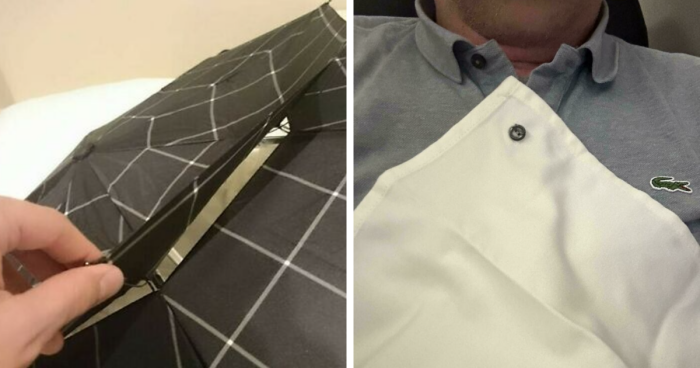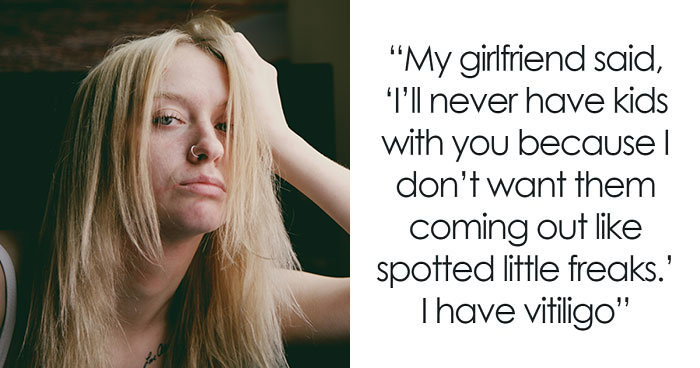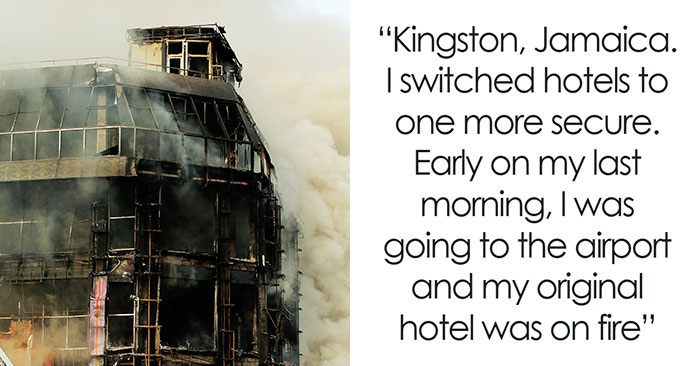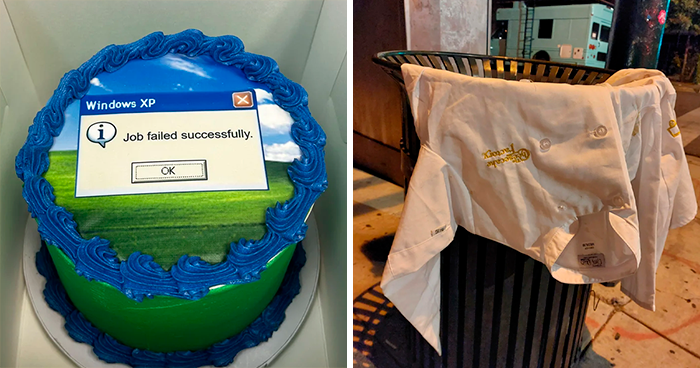I have always been fascinated by the Australian Brumby. Australia’s first 7 horses arrived in 1788, and Australia’s populations of wild Brumbies as they exist today are the direct descendants of these resilient and versatile horses.
Saddened by the Australian Government’s labelling of them as ‘feral’ and as a result, often controlling their population numbers by aerial culling, I wanted to meet these glorious animals myself and capture their beauty and endurance.
I was fortunate to be put in contact with Dr Sheila Greenwell of Stockwell Farm in Cowaramup, near Margaret River in Western Australia. Sheila advocates passive trapping methods to humanely trap and transport wild horses from National Parks and pastoral lands where they are no longer welcome, or where population numbers have become too high.
There is a property called Xanadu located approximately half-way along the South Western Australian coast between Esperance and Cape Le Grand. Point Merrivale is the closest geographical landmark. This is where these Esperance ponies get their moniker of, “Merrivale Brumbies”.
Xanadu was settled around 1930 by a man called Hernet who came across the bite with his family. With them they bought riding cart and pack horses. They were predominantly Clydesdale cross types, more than likely crossed with station mares. About 30 to 40 years ago a lady who lived in the area, for personal reasons, was unable to keep her horses. She released some into the wild and they joined the pony mobs. One of these horses was an old bloodline Crabbet Arabian Stallion named Leonard on Safari who has clearly left his mark on this mob, being a chestnut flaxen with a baldy face, 4 white socks and a quiet temperament. As a result the ponies we see now in this region are fixed in type with both Clydesdale and Arab features.
Their numbers have diminished over the years due to aerial culling, droughts, recreational shooters and road accidents. As the land has been split and surrounded by national park these mobs have become geographically isolated from any other wild horse mob.
At this point in time 20 to 30 have been captured and relocated, being broken in and ridden very successfully due to their quiet temperament. A group of 20 are being kept on a private property and 40 to 50 are still around and on Xanadu.
Brumbies are the stuff of legend, storytelling and poetry in Australia, and having come face-to-face with them, I can understand why.
They were curious, calm, measured, playful, and oh so beautiful.
Sheila has relocated and rehomed some 250 Brumbies from all over Australia during the last 15 years, with the aim of educating people as to their usefulness as versatile companion horses, and success in various equine disciplines.
It would be an absolute disgrace if these ‘original’ horses died out in Australia due to poor population control and consideration of sustainable numbers remaining in the wild. These gorgeous creatures should be National Treasures, having come from stock who helped build the Australia we know today, and their numbers should be managed humanely, not labelled as pests and culled indiscriminately.
More info: Facebook
Stunning ponies
Safety in numbers
Synchronised eating
Flaxon mane and tail come from an Crabbet Arabian Stallion named Leonard on Safari
Telltale bottom lip of the Clydesdale
Playful with each other
Gentle souls
The Brumbies were playful with each other
As the land has been split and surrounded by national park these mobs have become geographically isolated from any other wild horse mob.
Wild Brumbies are an important part of Australia’s history
Humanely trapped and transported to another property, they now have the chance to be rehomed rather than culled
Approximately 10 in this mob
Curious, beautiful ponies
892views
Share on FacebookThey are so beautiful.why do humans always have to kill and torture?? :,(
They are so beautiful.why do humans always have to kill and torture?? :,(

 Dark Mode
Dark Mode 

 No fees, cancel anytime
No fees, cancel anytime 







































21
2